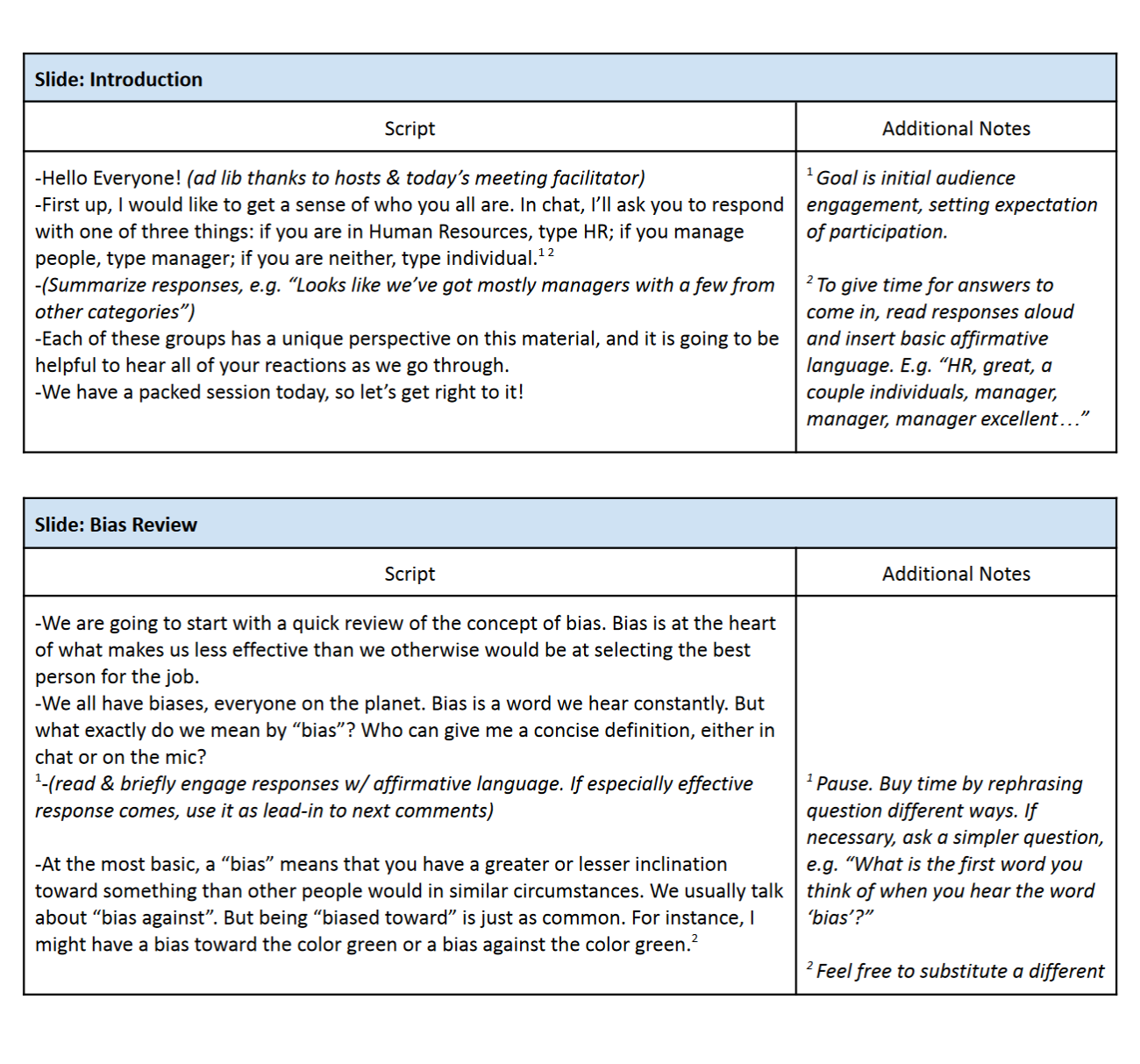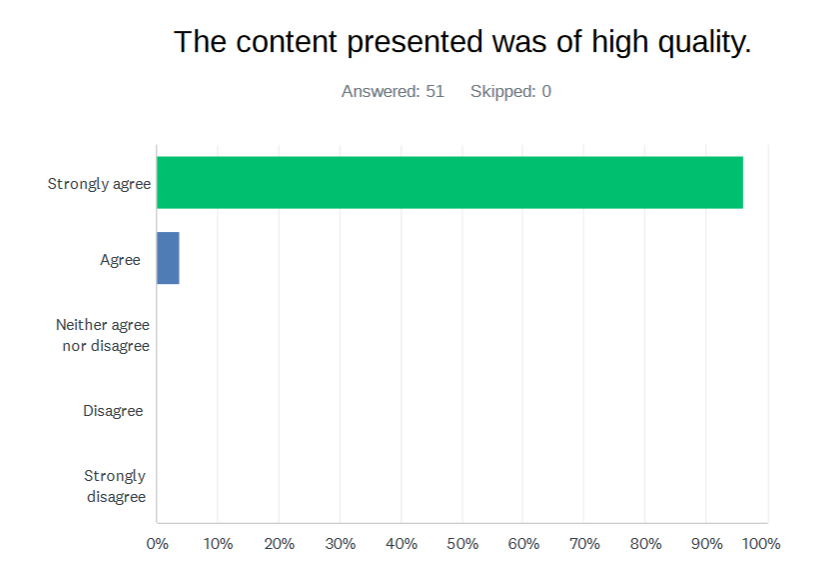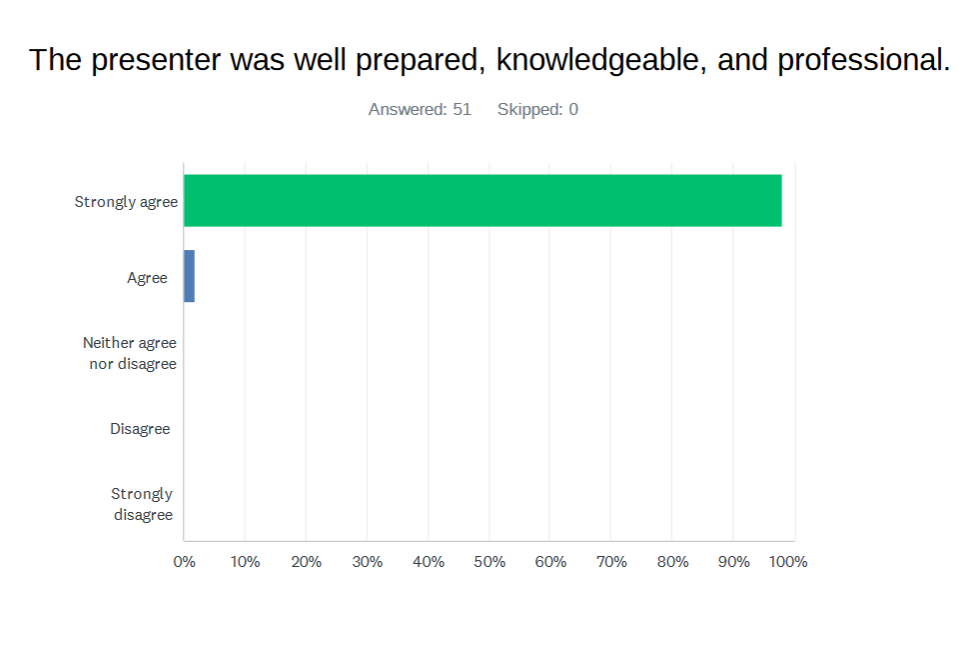Hiring Best Practice: Interview Design
I created this material for multiple learning modalities, first presented for the professional association ELGL on their GovLove podcast, then as a 2-hour workshop for the Oregon chapter of the Public Sector HR Association. The version below is a 1-hour webinar designed for the Consortium of Academic & Research Libraries of Illinois.
Audience:
Any professional who is likely to be involved in hiring processes on a regular basis.
Responsibilities:
Design, development, and delivery of the learning experience.
Learning Outcomes:
By the end of the session, learners will be able to:
Articulate the definition of “bias” as it relates to hiring. Explain in their own words how biases prevent us from making the most effective hiring decisions.
Distinguish between interview questions that minimize the introduction of biased information from those that encourage biased information.
Compose interview questions that successfully elicit unbiased information from interviewees.
Assess their organization’s hiring processes against best practices for minimizing bias and maximizing decision making based on job-relevant information.
Development Documents
Presenter Script
This script was created with Gagne’s 9 Events in mind, as well as the Adult Learning Principles that adults are goal-oriented and seek information relevant to their work. Those concepts drove development.
In addition to the base script, it includes notes to guide delivery of the material and to help the presenter field questions from learners.
Slide Deck
This slide deck is designed with a focus on Mayer’s coherence and modality principles. The slides highlight the most important points, removing any extraneous material, and the presenter adds context around those points rather than reading directly from the slide.
Evaluation
Overview
Attendees were given a survey with both quantitative questions and qualitative questions. 51 attendees answered the rating questions and 34 answered the free response. As this was a voluntary professional development session, attendee reaction was the major evaluation factor for consideration. In future versions of the material, higher-level evaluation could easily be developed.
Qualitative Response
While I cannot upload the entire evaluation document, I have been authorized to share this sample of anonymous feedback from attendees. All 34 responses were similarly positive.
Responses:
“I was engaged the entire time and I will definitely use what I've learned today.”
“This is one of the best webinars I have attended in a long, long time. I’m going to insist that all my colleagues watch it.”
“The quality of [Ben’s] content cannot be overstated. It is always concrete, practical, and something people can easily and directly apply…It’s going to improve the way a lot of people do this important work.”
“The best webinar I can ever remember attending. VERY valuable.”
“Sensational! My mind has been blown.”
Quantitative Response






